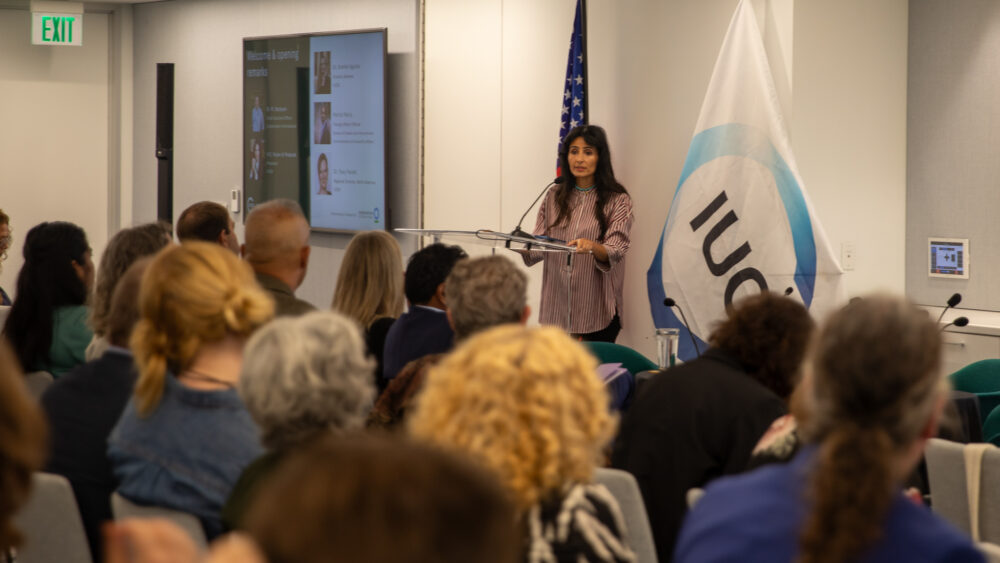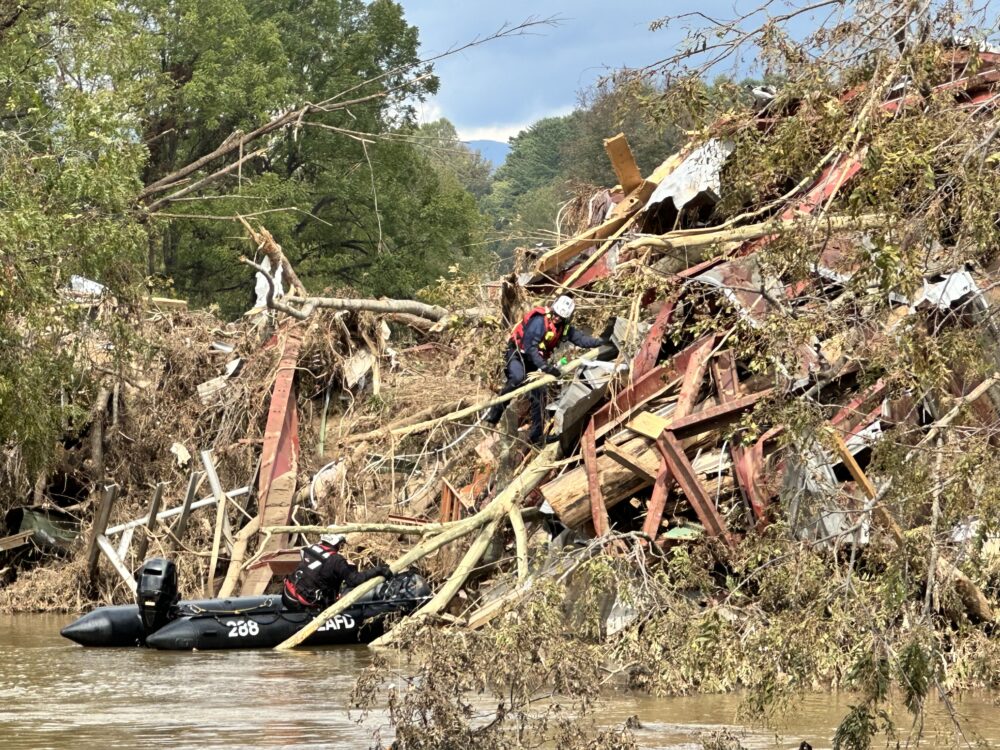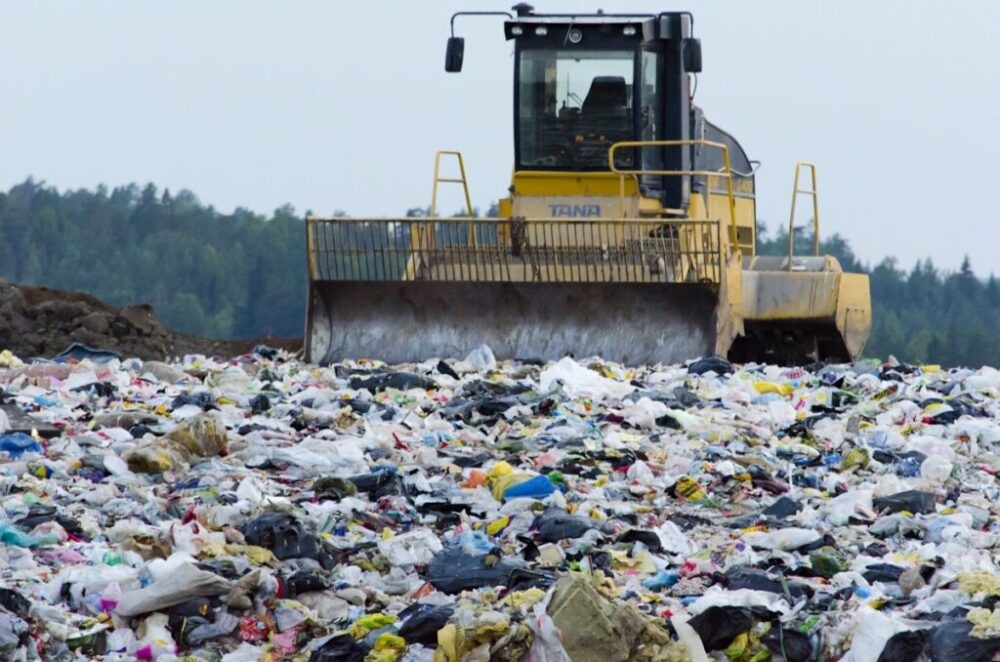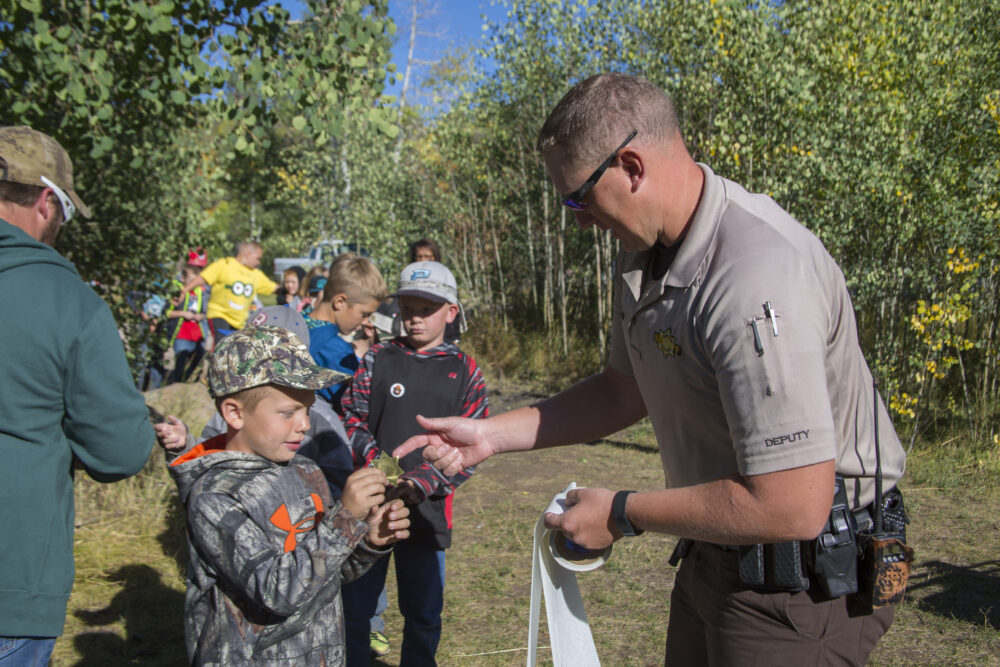We have much more to do and your continued support is needed now more than ever.
Portland-Montreal Pipeline Trek Day 3 – Visiting the Site of a Previous PMPL Spill
Guest post by Brett Chamberlin
With every step along our traverse of the Portland-Montreal Pipeline, one question weighs on our minds – what if crude oil were to spill from the pipeline right here?
A pipeline spill isn’t as remote of a possibility as we might like to imagine. In 2013, there were over 34 leaks and fires on oil and gas pipelines across the United States. 2014 is sure to bring more of the same. It’s not hard to imagine a spill along the Portland-Montreal Pipeline – in fact, it’s already happened.
Late in the winter of 1952, the Portland-Montreal Pipeline began leaking crude oil in Orleans County, Vermont. An article from the time in the Newport Daily Express tells us the following:
“Just how much crude oil in barrels or gallons poured out of the bad break in the pipeline on or about February 19 or 20 is not officially known.
Some unofficial estimates placed the amount of it which poured through the one-inch break (completely around the pipeline) at about 3,000 barrels. Others said a possible 165,000 gallons.”
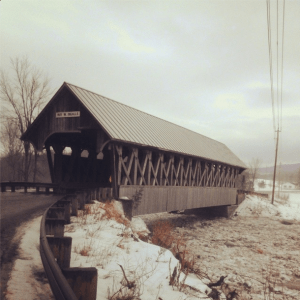
The spill went unnoticed for two or three days, until residents spotted oily water flowing under the covered bridge in the village of Coventry. Over a month later, the Portland Pipeline Corporation (which still manages the PMPL) was still working to clean up the mess:
“Channels cut in the river ice allowed the oil coated water to slow up in pools. Workmen then spread wood shavings on the adjoining ice and onto the oily pools. Bales of straw were then thrown into the river, also soaked in kerosene. The whole mass was then ignited. Combustion of the kerosene, oil-soaked straw and shavings supplied heat to burn the crude oil. That straw and shavings acted as a wick soaked up the floating crude oil and the initial heat applied caused it to burn.”
The Portland-Montreal Pipeline has spilled before, and is likely to spill again. Pumping tar sand crude through the PMPL will raise that risk. A joint report by the Natural Resources Defense Council, National Wildlife Federation, Pipeline Safety Trust and Sierra Club published in 2011 found that pipelines carrying tar sand crude, or bitumen, more than triples the risk of a significant spill.
Next time the PMPL leaks, how long will the spill go unnoticed – and how long will it take to clean up? I hope we never find out.
Speak up for Northeast Wildlife
![]() Help protect moose from dirty fuels. Tell the State Department to stop the Northeast tar sands pipeline.
Help protect moose from dirty fuels. Tell the State Department to stop the Northeast tar sands pipeline.
About the authors
NWF Campus Ecology Fellow Kaity Thomson and her companion Brett Chamberlin are blogging their weeklong trek along the route of the Portland-Montreal Pipeline (by foot, cross country skis, and snow shoes!) to meet with community members and experience the habitats at risk of a spill. Kaity and Brett will also be live-tweeting their adventure—follow them on twitter at @99brett and @kaityt18, and join in on the conversation by using the hashtags: #PMPL or #PipeHike
 Brett Chamberlin is a recent graduate of New York University, where he studied politics and journalism. A NH native, Brett has organized a variety of viral projects around economic and environmental justice issues. His writing and activism have been appeared on NHPR, The Nation, BuzzFeed, The Village Voice, and more. Brett is now working as a founder of the Post-Landfill Action Network, a nonprofit helping students end waste on campus. He’s also an avid twitter user at @99Brett
Brett Chamberlin is a recent graduate of New York University, where he studied politics and journalism. A NH native, Brett has organized a variety of viral projects around economic and environmental justice issues. His writing and activism have been appeared on NHPR, The Nation, BuzzFeed, The Village Voice, and more. Brett is now working as a founder of the Post-Landfill Action Network, a nonprofit helping students end waste on campus. He’s also an avid twitter user at @99Brett
 Kaity Thomson is pursuing a BSc in Environmental Science at the University of New Hampshire. Initially leaving home to study dance in New York City, Kaity quickly came to realize the importance of the natural landscape she left behind. Transferring home to NH, she was driven to understand the environment and learn how to effectively communicate its importance. Currently, Kaity is researching potential impacts of a tar sands pipeline in New England. Her research and outreach is supported by the National Science Foundation and National Wildlife Federation Campus Ecology Fellowship.
Kaity Thomson is pursuing a BSc in Environmental Science at the University of New Hampshire. Initially leaving home to study dance in New York City, Kaity quickly came to realize the importance of the natural landscape she left behind. Transferring home to NH, she was driven to understand the environment and learn how to effectively communicate its importance. Currently, Kaity is researching potential impacts of a tar sands pipeline in New England. Her research and outreach is supported by the National Science Foundation and National Wildlife Federation Campus Ecology Fellowship.


